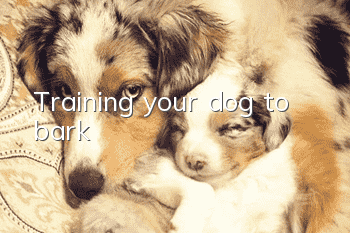Things to note if your dog has canine distemper

Precautions for dogs with canine distemper
1. First of all, we must seize the best opportunity for treatment in the early stages of canine distemper. Don’t delay because you think the symptoms are not serious. Treatment: Canine distemper develops rapidly, and it is often difficult to cure when the disease becomes more serious. Moreover, treatment is a process and must not be interrupted, as it will lead to recurrence of the condition and increase the difficulty of cure.
2. Canine distemper will cause many complications, so while injecting hyperimmune serum, symptomatic treatment must also be given. Generally, in the middle and late stages of the disease, dogs will have symptoms of continuous vomiting and loose stools, which can lead to acute dehydration. Failure to replenish fluids in time can be life-threatening. Timely cardiac stimulation and fluid replenishment can maintain the nutrients needed for body metabolism and maintain acid-base balance and electrolyte balance.
3. While treating the dog with medication, it is also necessary to strengthen the care of the dog with canine distemper, such as cleaning the dog's eyes, feeding the dog, taking the dog to bask in the sun, and disinfecting the environment. Canine distemper virus is highly contagious, so if there are other dogs at home, the dogs must be isolated and disinfected to avoid infection.
Symptoms of canine distemper in dogs
1. The persistent symptom of this disease is high fever. The incubation period is 3-7 days, and most dogs start to have fever on the 4th day. At the beginning of the disease, watery secretions appear in the eyes and nose, food intake decreases, lack of energy, and fever can reach above 40°C.
2. The initial temperature rise lasts for 2 days, and then drops close to normal temperature. After about 2-3 days, the sick dog seems to be improving and can eat. The second time the body temperature rises and continues for several days without eating, the condition worsens and symptoms of vomiting or pneumonia may appear.
3. Severe diarrhea, mixed with blood and mucus, and finally convulsions. Dogs experiencing convulsions often die.
- What to do if your dog hates having his nails cut
- What should I do if my pet dog is disobedient? Here are some tips for training your pet dog?
- How to get rid of fleas on dogs? What are the methods?
- How to train Silky Terrier
- Pet drying box usage steps and taboos
- How to feed golden retrievers
- What should I do if my Basset dog eats too much and has diarrhea?
- The dog’s ear hair is too long, how should I pluck the dog’s ear hair?
- What are the symptoms of canine distemper in Bichon Frize?
- What should you pay attention to when shearing your Chihuahua?



